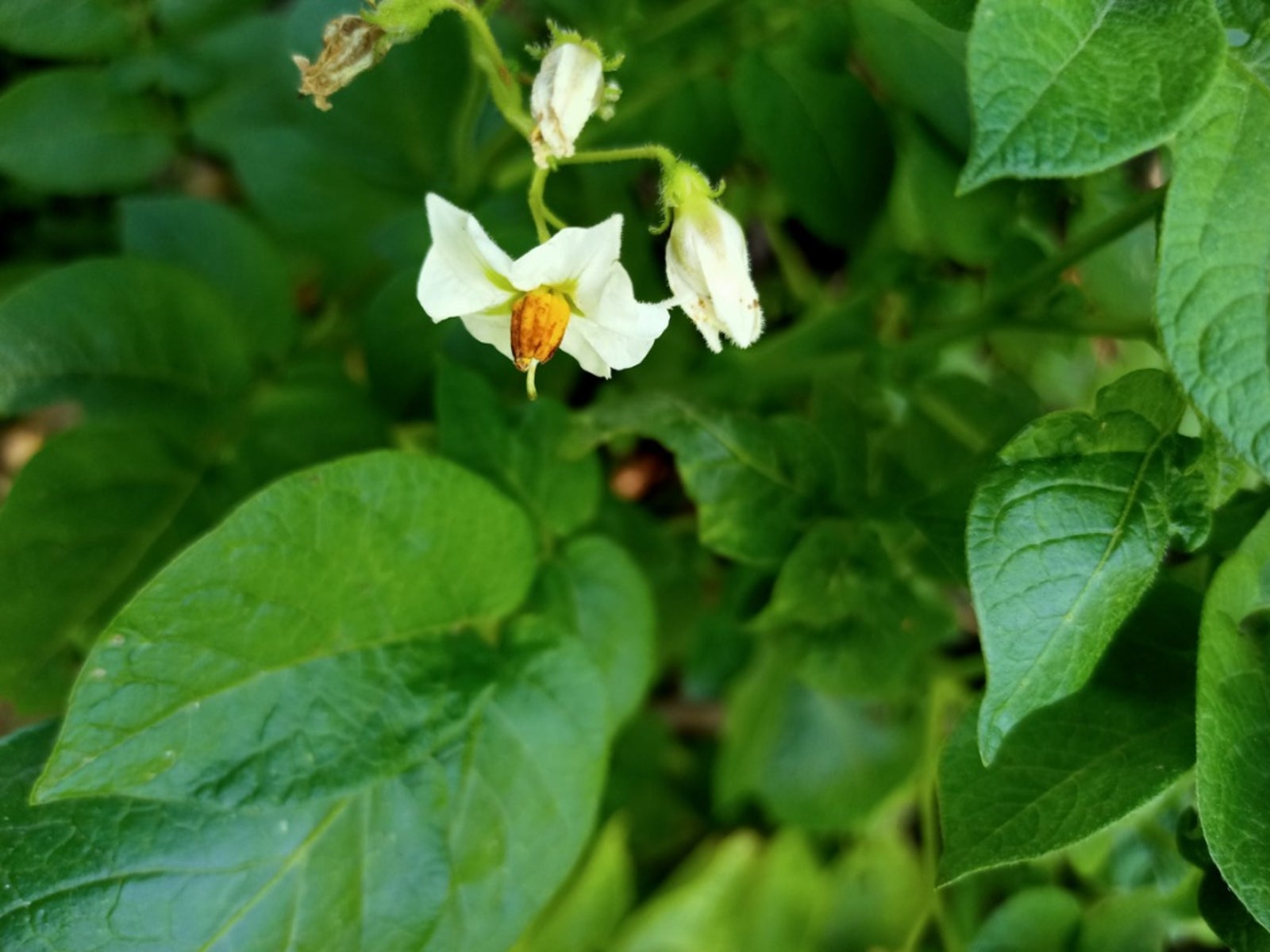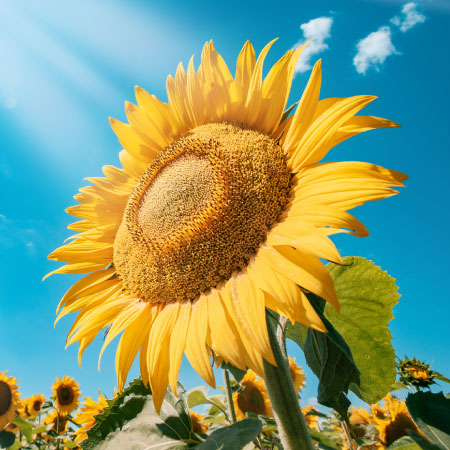How To Get Rid Of Nightshade


If you want to know how to get rid of nightshade, you need to remember that it can be difficult, but it is not impossible. Nightshade is not a pleasant plant to have around and is poisonous to small children and pets (like dogs and cats), which may be attracted to nightshade berries. You definitely want to plan on getting rid of nightshade, especially the creeping type, which can quickly take over. For this reason, many people want to know how to kill nightshade.
About Nightshade Weeds
The nightshade family has many members, all having toxic properties. While some nightshade plants include those in which we commonly cultivate in gardens, like tomatoes and potatoes, it's the weedy, creeping varieties that are most likely to cause issues in the landscape. Some of the more common of these nightshade weeds include:
- Climbing nightshade (Solanum dulcamara), or bittersweet, is a trailing/climbing perennial with bluish purple flowers and bright red berries.
- Hairy nightshade (Solanum sarrachoides) is an annual weed with white flowers and yellowish brown berries.
- Black nightshade (Solanum nigrum) is another annual type with white flowers followed by black to dark purple berries.
- Belladonna nightshade (Atropa belladonna), also known as deadly nightshade or enchanter’s nightshade, is oftentimes seen planted in gardens but, in some cases, this nightshade member can get out of hand or may simply be in need of removal for safety reasons. This perennial has reddish purple to greenish purple flowers and purple-black berries.
All these common nightshade weeds can be handled in much the same way when getting rid of them. As with any type of weed removal, try natural control options first and then move on to chemical control methods as a last resort.
Killing Nightshade Naturally
One way of getting rid of nightshade is to dig it out. This method works if you don't have a whole lot of the plant around. Be sure to dig deep enough to get all the roots so you don't have new growth. Remember that when killing nightshade, frequent and thorough cultivation is absolutely necessary so that these plants do not come back.
How to Get Rid of Nightshade
This plant is extremely tenacious and will come back after most treatments with anything that is a simple natural remedy. Remember that this is a poisonous plant and, as such, it is difficult to get rid of. It takes some thought and persistence when trying to get rid of nightshade. You can try killing nightshade by using an herbicide that is non-selective, however, this will not only kill nightshade but also anything around it, so be careful when using it. You don't want to get any overspray on your other plants or shrubs while working on getting rid of nightshade. In addition, be sure to apply the herbicide when the temperature is above 60 degrees F. (15 C.), and make sure it is not going to rain for at least 24 hours. This way the weed killer doesn't wash away, or you will have to start all over. If, after a few days, you see the leaves turning yellow, you have been successful in killing nightshade. Once they die off, dig out the plants as soon as possible, making sure to get as much of the root structure as possible. You might have to repeat this process more than once to get rid of nightshade plants completely. As you can see, killing nightshade is not impossible, but it does take some planning and work. A little diligence definitely pays toward your success. Note: Any recommendations pertaining to the use of chemicals are for informational purposes only. Chemical control should only be used as a last resort, as organic approaches are safer and more environmentally friendly
Gardening tips, videos, info and more delivered right to your inbox!
Sign up for the Gardening Know How newsletter today and receive a free copy of our e-book "How to Grow Delicious Tomatoes".

Kathee Mierzejewski was with Gardening Know How in the very beginning, writing many of the site's foundational articles.
-
 4 Superfast Composting Methods: Turn Waste Into Garden Gold In 30 Days Or Less
4 Superfast Composting Methods: Turn Waste Into Garden Gold In 30 Days Or LessTry the fastest composting methods to turbocharge your pile and transform kitchen scraps and garden waste into finished compost in just a few weeks.
By Mary Ellen Ellis
-
 Best Spider Plant Soil – Complete Soil Guide And Expert Tips For Keeping Plants Happy
Best Spider Plant Soil – Complete Soil Guide And Expert Tips For Keeping Plants HappySpider plants are fun and easy plants to grow, but what is the best soil for a spider plant? Selecting the right soil is important so they can thrive.
By Bonnie L. Grant